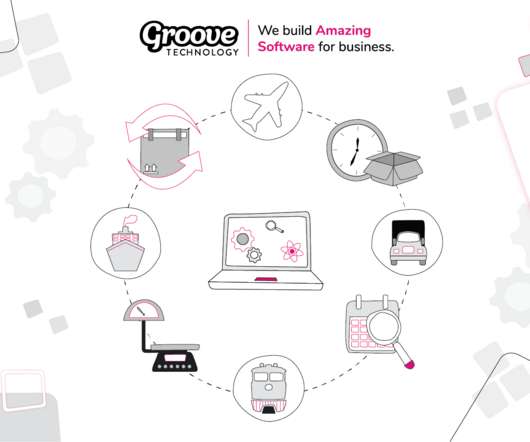Delivering on promise and purpose in the retail supply chain
IBM Business Partners
JUNE 30, 2023
Our industry expertise, end-to-end approach from strategy to implementation, and dedicated sustainability practice, ensures your supply chain can adapt to today’s challenges and prepare for future opportunities, while minimizing risks, reducing costs, and driving continuous improvement in both environmental and social performance.












Let's personalize your content